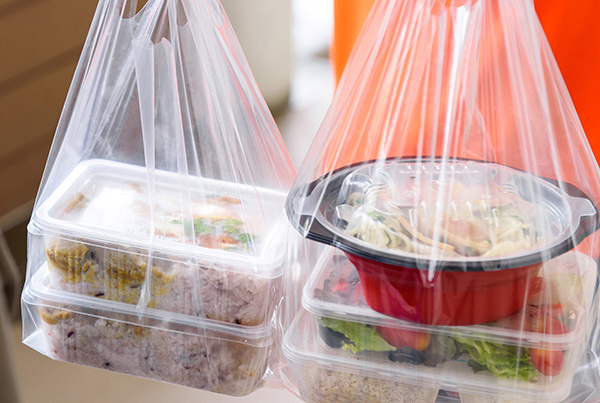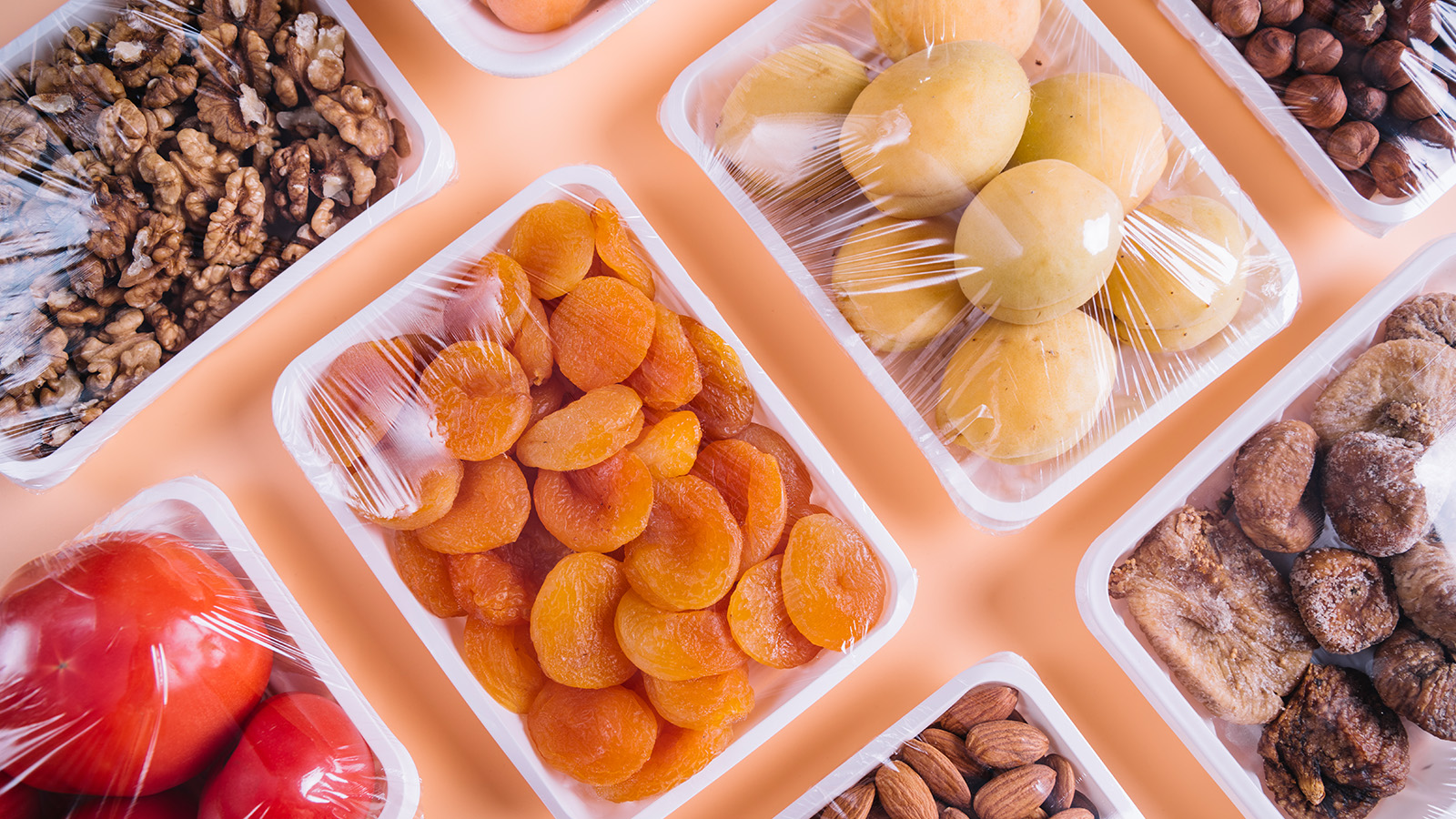High-density polyethylene (HDPE) and low-density polyethylene (LDPE) are two types of polyethylene plastic that have different properties and are used in a variety of applications. Choosing which of these options is right for your food product depends on a variety of factors like, the nature of the food product, the desired properties of the packaging, and the intended use of the packaging. Read on to learn more about the differences between LDPE and HDPE for food packaging.
HDPE is Ideal for Applications That Require Resistance to Impact & Chemicals
HDPE has higher density than LDPE, which means it has a greater strength-to-weight ratio. HDPE is ideal for use in applications that require greater durability, such as piping or outdoor furniture. HDPE is also more resistant to chemicals and UV radiation than LDPE, which makes it a better choice for outdoor applications.
HDPE is a more rigid material, making it suitable for products that require more support such as chemicals or detergents. It is also more resistant to heat and chemicals, making it ideal for products that require a certain level of protection from environmental factors.

LDPE is Ideal for Applications That Require Flexibility & Softness
LDPE, on the other hand, is a more flexible material with a lower density, which makes it suitable for packaging products that require a certain degree of flexibility, such as bread, vegetables, and fruits. It is also less rigid, which makes it less suitable for products that need more support, such as heavy or bulky items. Additionally, LDPE is more resistant to puncture, making it less prone to tearing.
LDPE also has a higher level of transparency and is easier to process than HDPE. LDPE is often used for applications that require flexibility or even softness, such as food packaging, plastic bags, and shrink wrap. LDPE is also more suitable for applications that require heat sealing.
LDPE is widely used in food packaging applications due to its flexibility and ease of processing. It is often used for products such as bread bags, produce bags, and squeeze bottles for condiments. There are many benefits of flexible packaging in general.
Contact Redi-Bag
Both LDPE and HDPE have their advantages and disadvantages, and the choice between them depends on the specific requirements of the food product and the desired properties of the packaging. It is essential to consult with a packaging expert to determine the most appropriate material for your specific application.


